Carbon Fuel Co. coal loading facility near Chelyan, WV. Brand new EMD model SW-1500 #13 is getting ready to move more cars full of coal which will be unloaded into barges positioned on the west bank of the Kanawha River.
With a focus of the major rail systems of the Kanawha Valley which back in the 1960s included the Chesapeake & Ohio, the New York Central, the Baltimore & Ohio (which came into Charleston along the Elk River) and the Norfolk & Western (former Virginian Railway) line that came into the valley at Deepwater, it would be easy to overlook two small railroads that existed at that time. They were the Winifrede Railroad and the Kelley’s Creek & Northwestern Railroad. The Winifrede was approximately 7.2 miles long while the KC&NW was 4.70 miles in length. The WRR and the KC&NW were constructed solely to haul coal from the mines located up the hollows of Fields Creek and Kelleys Creek respectively to barge loading facilities on the Kanawha River.
The Winifrede Railroad Company
More photos of Winifrede #13.
The Winifrede RR was incorporated on November 18, 1881. 30 years prior to this time, it began as a narrow gage railroad to haul coal from the mines at Winifrede. It was constructed of 56 lb rail spiked directly to wood ties. During the Civil War and into the 1870s the mines were closed down. Needless to say the rails and ties had deteriorated over those years. When the mines reopened in the late 1870s the railroad was rebuilt to standard gage and began operation with a second hand steam locomotive. After 15 months a Baldwin locomotive was purchased along with a passenger coach and 60 six ton coal cars. Also during this time a coal tipple was constructed on the Kanawha River.
 Old wooden caboose. Notice headlight on roof top. During steam operation and possibly during the early diesel years, locomotives did not run around train so caboose was in the lead as train backed up.
Old wooden caboose. Notice headlight on roof top. During steam operation and possibly during the early diesel years, locomotives did not run around train so caboose was in the lead as train backed up.
Two shots of WRR 2 (Ex C&O) caboose. It appears to be bringing up the rear of empties but in actuality the train is parked on the mainline just short of community of Winifrede while miners were enjoying their annual vacation.
A declining coal market in the mid 1920s again forced the mines and the railroad to close down. The railroad retained its charter and in 1930 it was back in operation when Winifrede Collieries acquired the Winifrede properties.
At this time steam locomotives were still being used however the cost of acquiring parts to maintain them became more difficult. The railroad acquired a General Electric 70 ton diesel locomotive in 1955 and at the same time replaced 85 lb rail with 100 lb rail. In 1967 the Winifrede took delivery of an EMD SW 1500 switcher.
Left: photo at other end of cut of cars looking toward community of Winifrede and mine. Engine house is on the left. Note the position of switch. Right: photo of company buildings in Winifrede. Engine house is on right.
While the Winifrede did interchange with the Chesapeake and Ohio Railway at Winifrede Jct in the Kanawha Valley just west of Cheylan, most of its business was just as it was built to do.
Two views of Carbon Fuel Co mine load out up Fields Creek hollow from the town of Winifrede.
The end of the line marked by a red flag and piled up ties.
For more information about the Winifrede, please visit the website http://www.gottrains.com/winifrede/index.htm.
Kelley’s Creek and Northwestern Railroad
KC&NW #7, a GE 70 Tonner locomotive at Cedar Grove, WV coupled to leased New York Central hoppers getting ready to shove cars toward the barge loading facility on the Kanawha River.
Construction of the Kelley’s Creek & Northwestern began in 1902. It was built and owned by Valley Camp Coal Company to haul coal from Valley Camp’s Donaldson Mine located up Kelley’s Creek hollow near the community of Mammoth to the loading facility on the Kanawha River at Cedar Grove.
Left: Closeup of NYC hopper showing it as leased to the KC&NW Right: Photo of KC&NW #7. The man in the photo took a picture of me taking a picture of #7 so I did the same for him.
There is not much available information on the KC&NW. It was built a few years before New York Central predecessor Kanawha & Michigan RR built their line from Charleston to Gauley Bridge. Since the K&M was last to build through Cedar Grove, K&M trains had to stop at the crossing diamond in Cedar Grove for KC&NW trains moving to the barge loading facility on the Kanawha River.
Left: Coal load-out near Mammoth. Right: Engine house at Ward.
In the mid 1980s Valley Camp Coal was bought by Quaker State Oil Company which included the KC&NW. A few years later Quaker State decided to get out of the coal business. The last day of operation for the railroad was April 3, 1993. After that, all of the assets of the coal company and railroad which by then included two EMD MP1500 locomotives plus an unknown number of hopper cars were sold. The KC&NW was granted authority by the Surface Transportation Board to abandon the entire line effective February 8, 1995. For more information on the KC&NW please visit http://www.gottrains.com/kelleyscreek/
I am thankful for the opportunity to have photographed these two shortlines back in 1967. While what was the Winifred Railroad is still in place and operating now as the Big Eagle Railroad, the Kelley’s Creek and Northwestern is gone forever.
**************************************************************************
NOTE: You can click on individual photos to enlarge them. Use the left arrow on the browser to return to the write up.



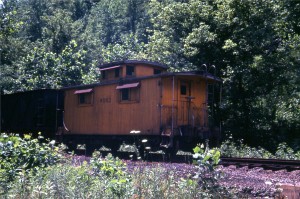

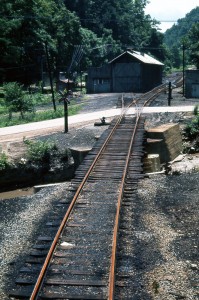
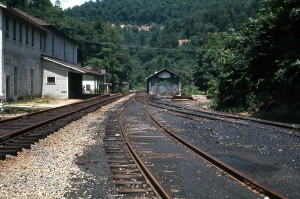



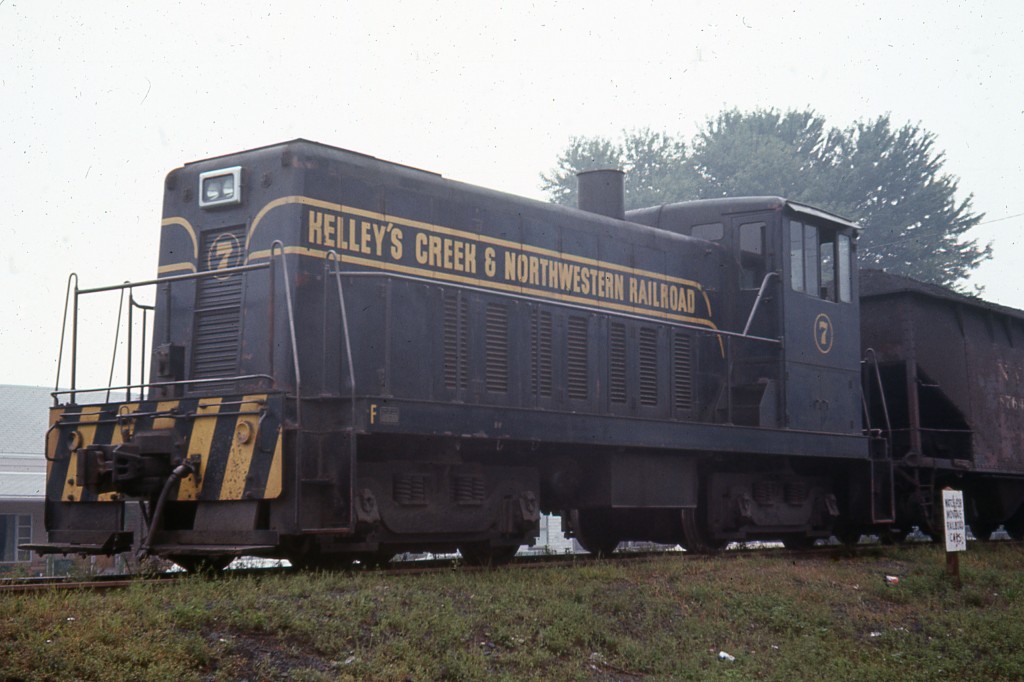
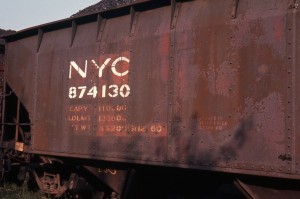
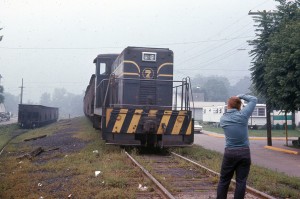


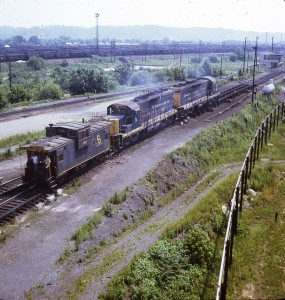
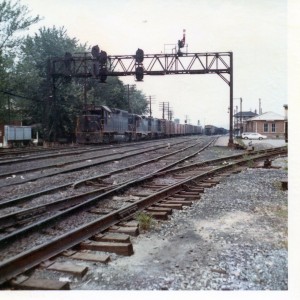
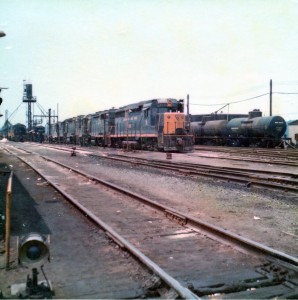

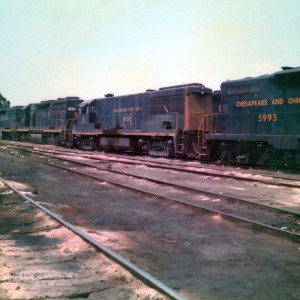
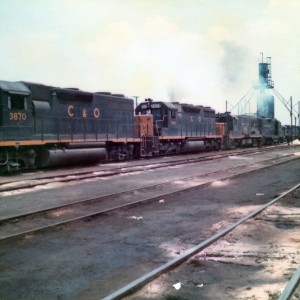
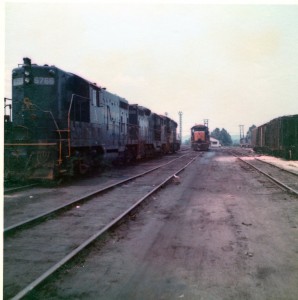
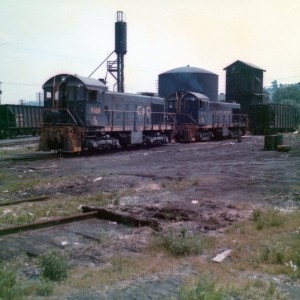



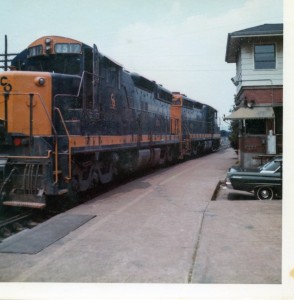
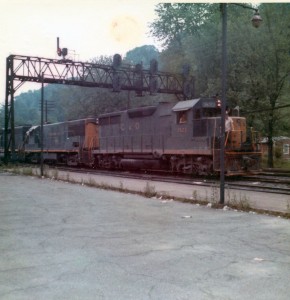
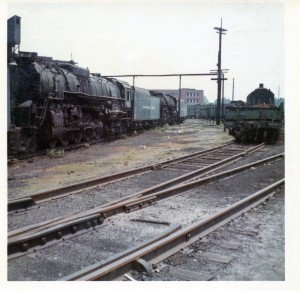

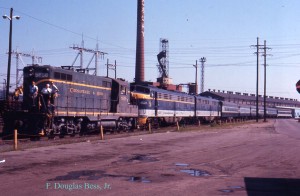
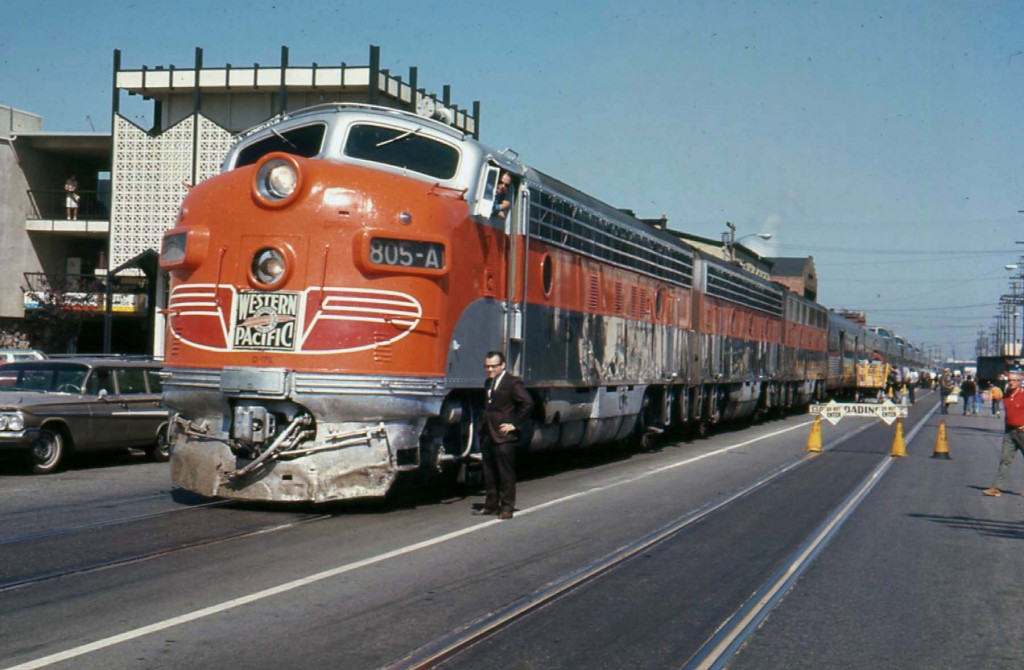
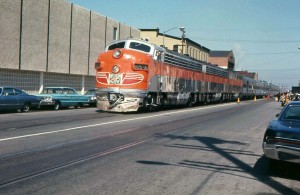

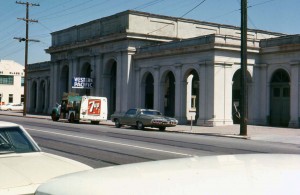
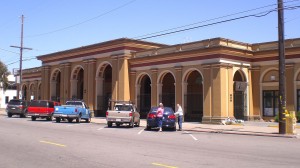
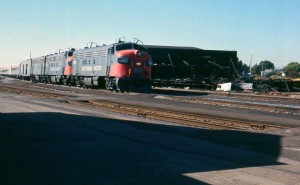



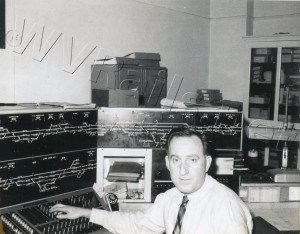


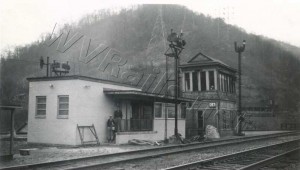 Current CA Cabin with newly constructed brick building that will be the new CA (Cabin Creek Jct.) Cabin. A.R. Hoffman photo courtesy Larry Fellure.
Current CA Cabin with newly constructed brick building that will be the new CA (Cabin Creek Jct.) Cabin. A.R. Hoffman photo courtesy Larry Fellure.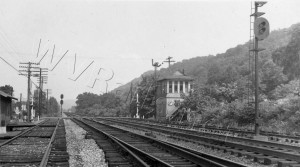
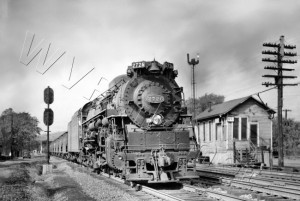
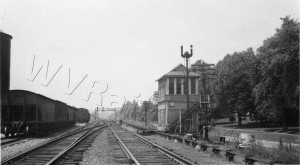



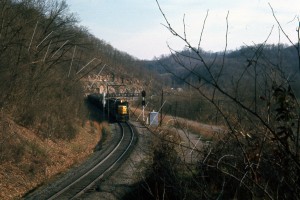



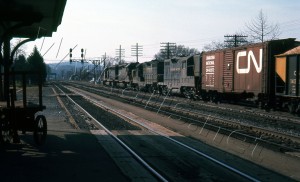

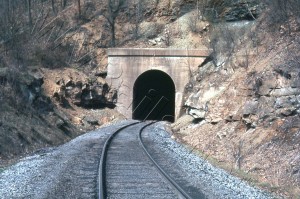


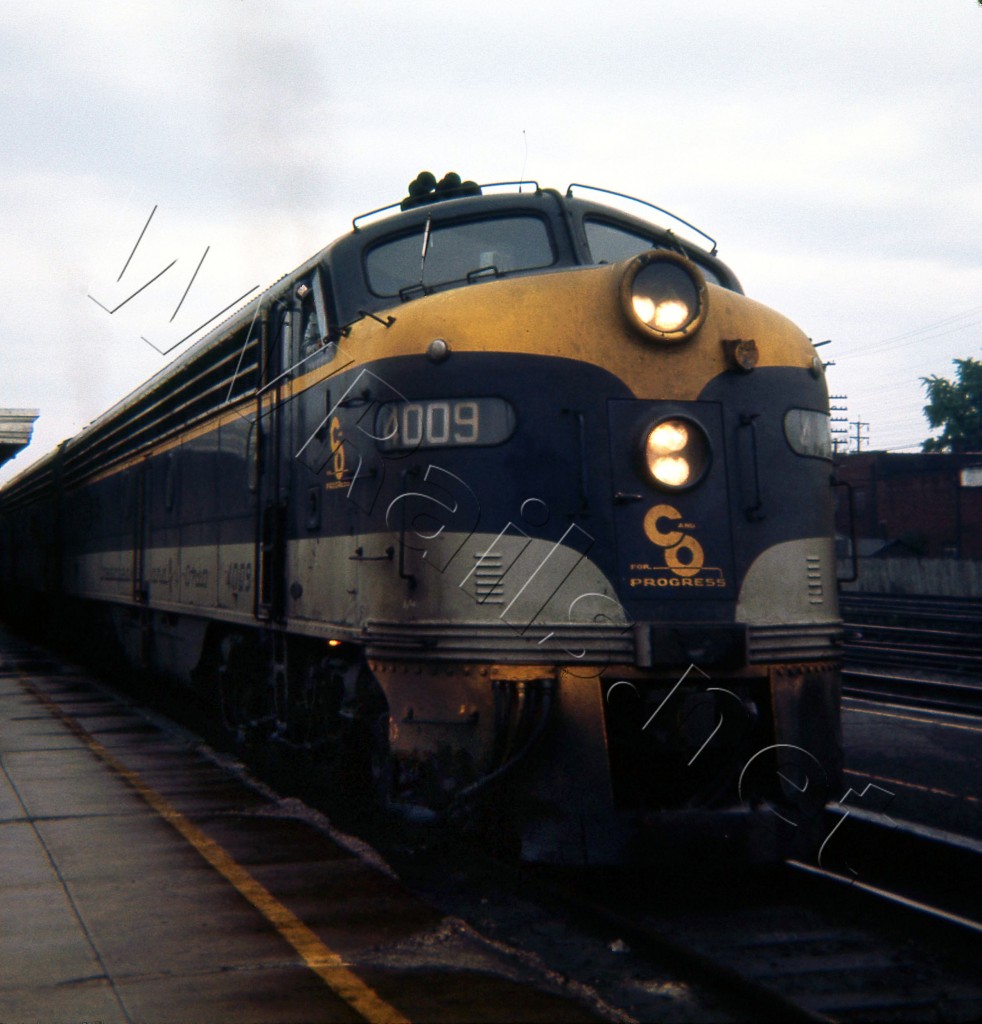
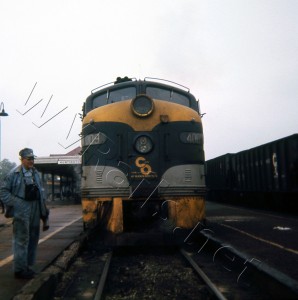





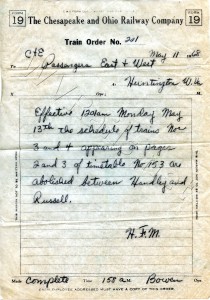

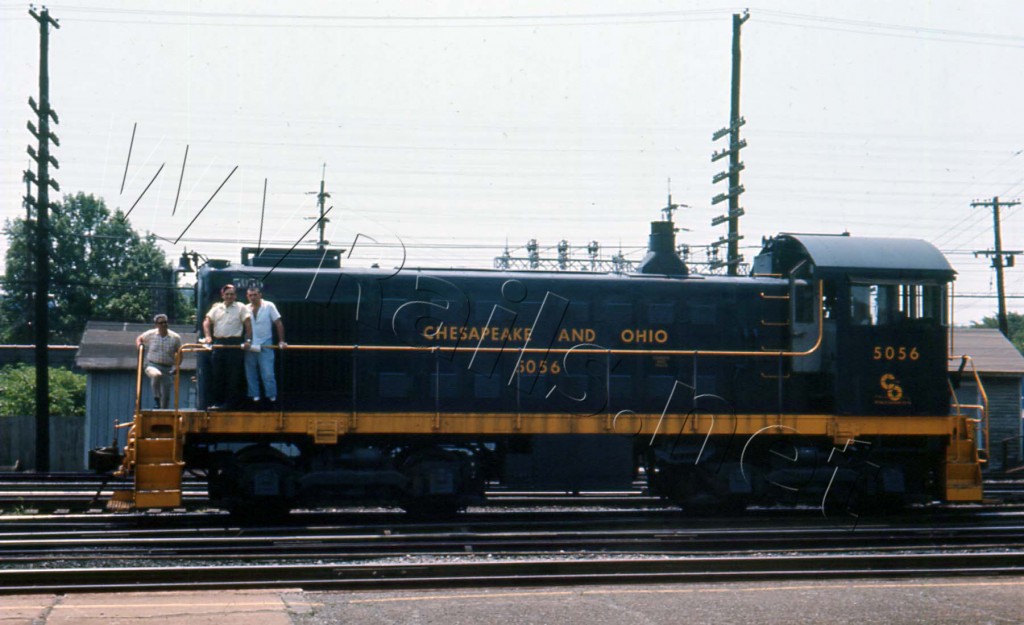
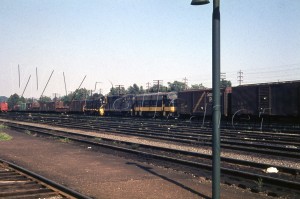
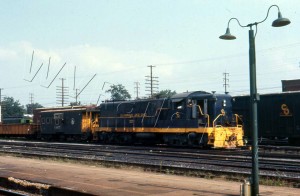

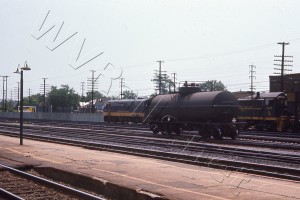
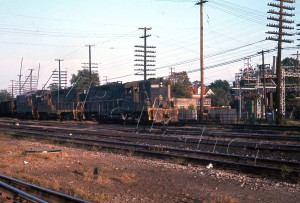
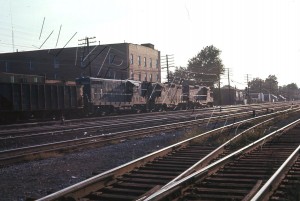
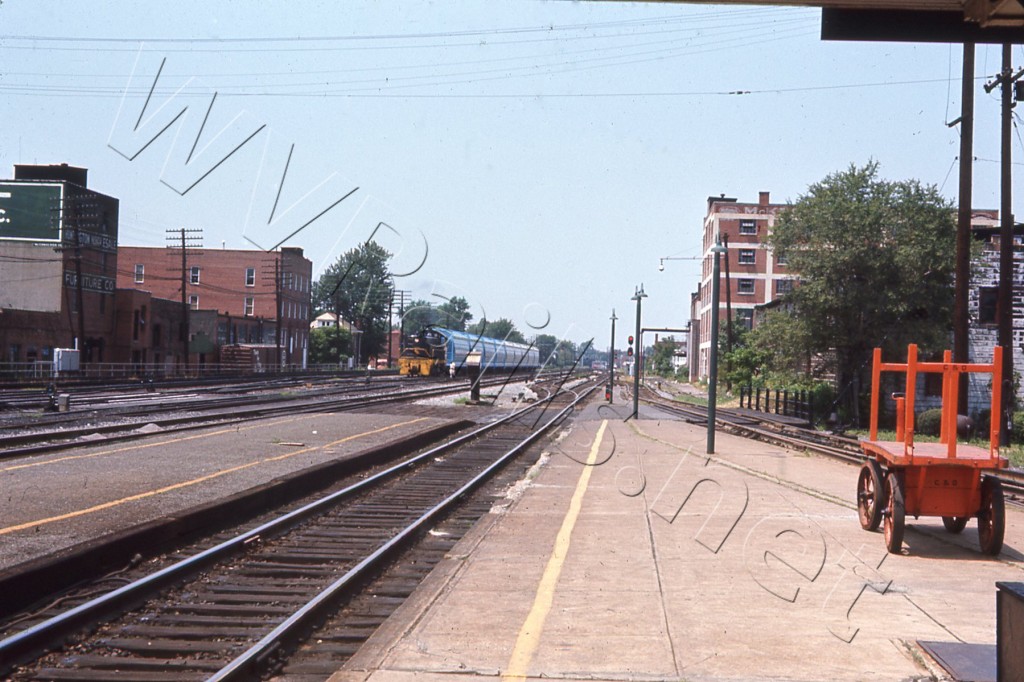
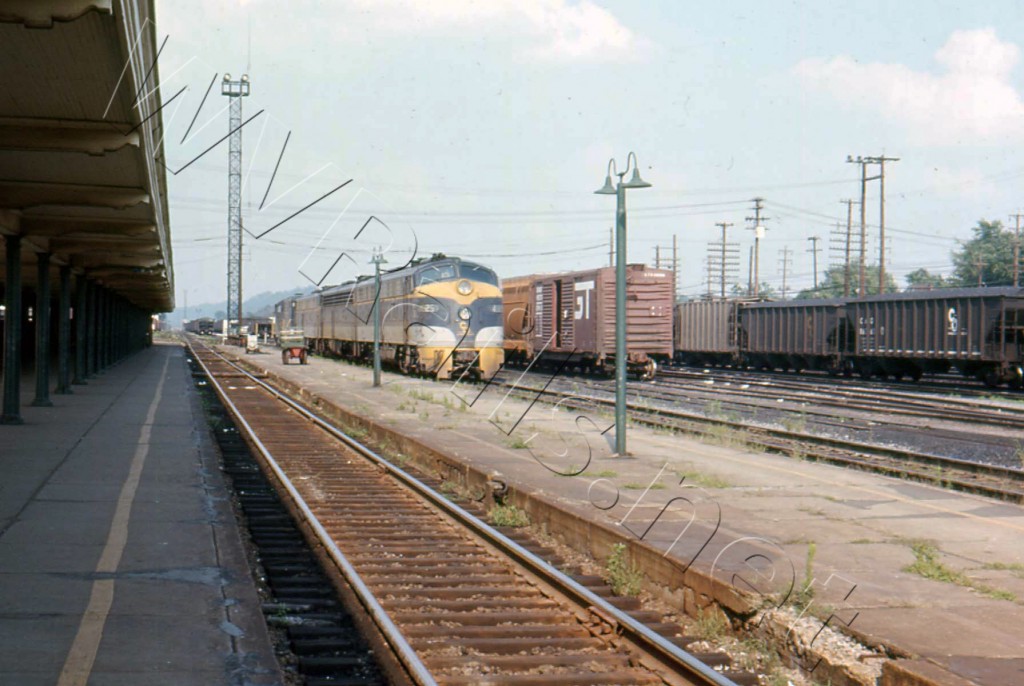

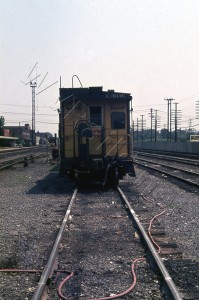
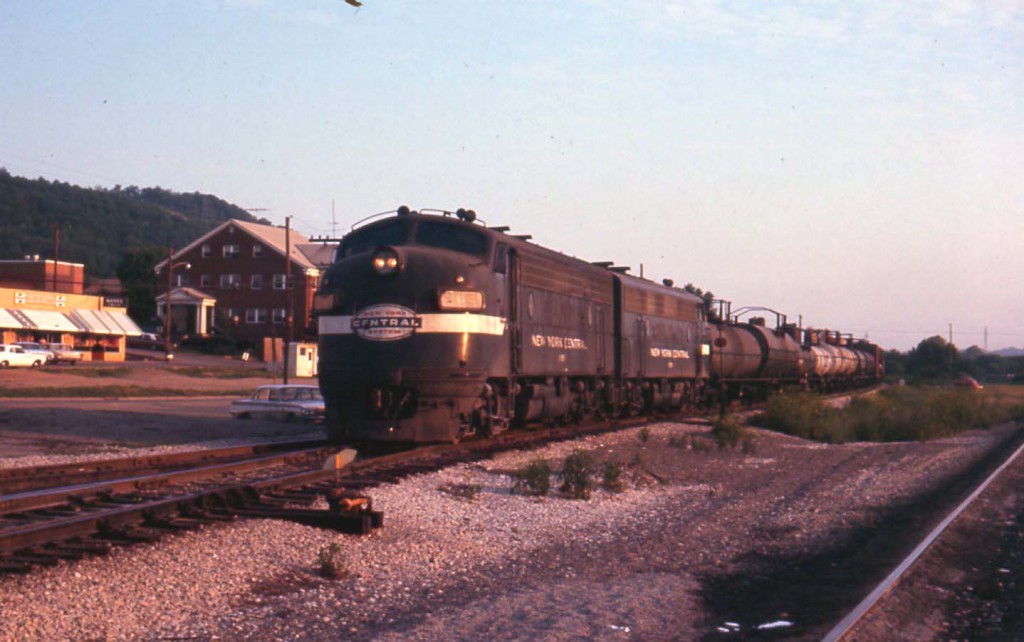
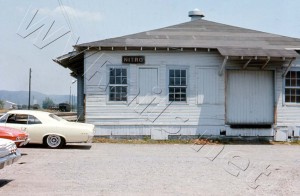
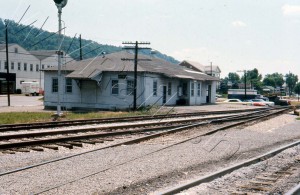
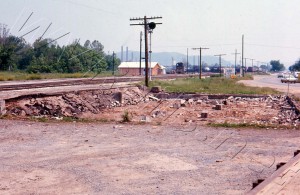
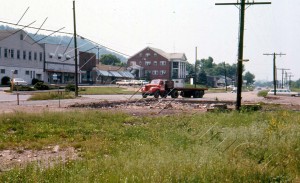
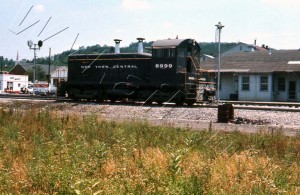
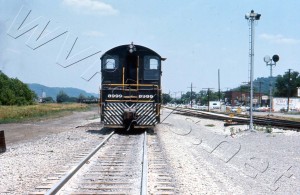
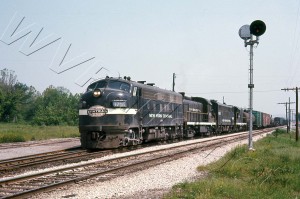
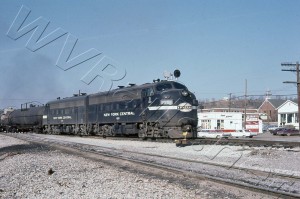

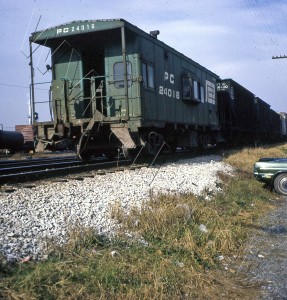
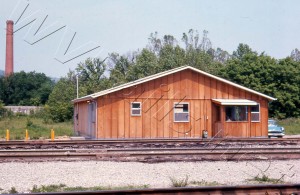
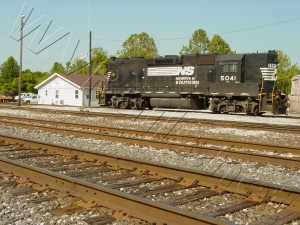
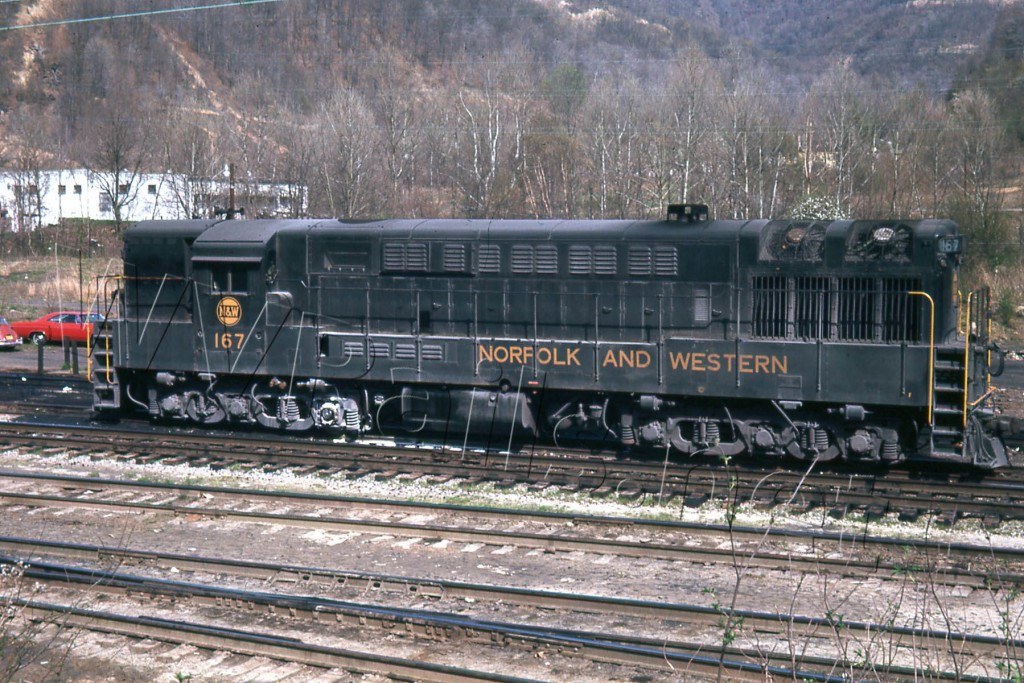
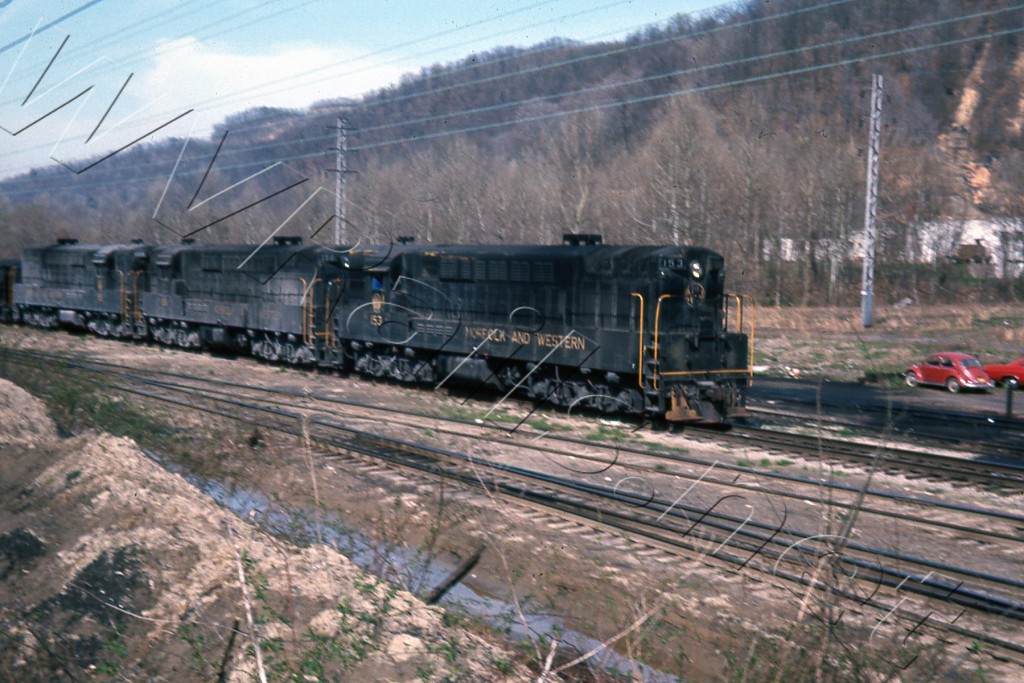

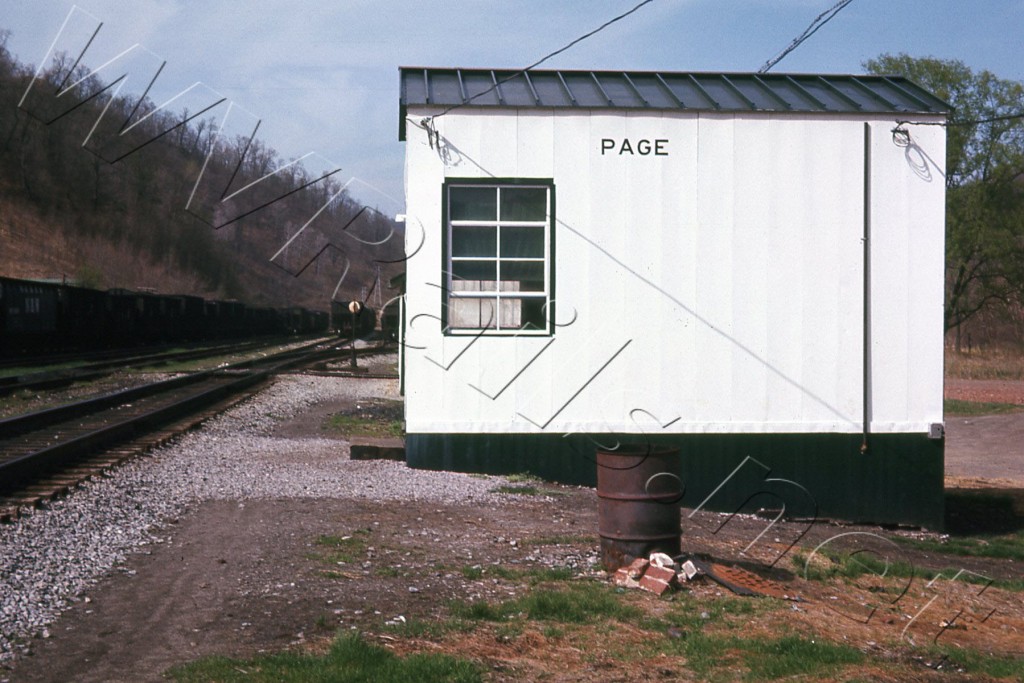
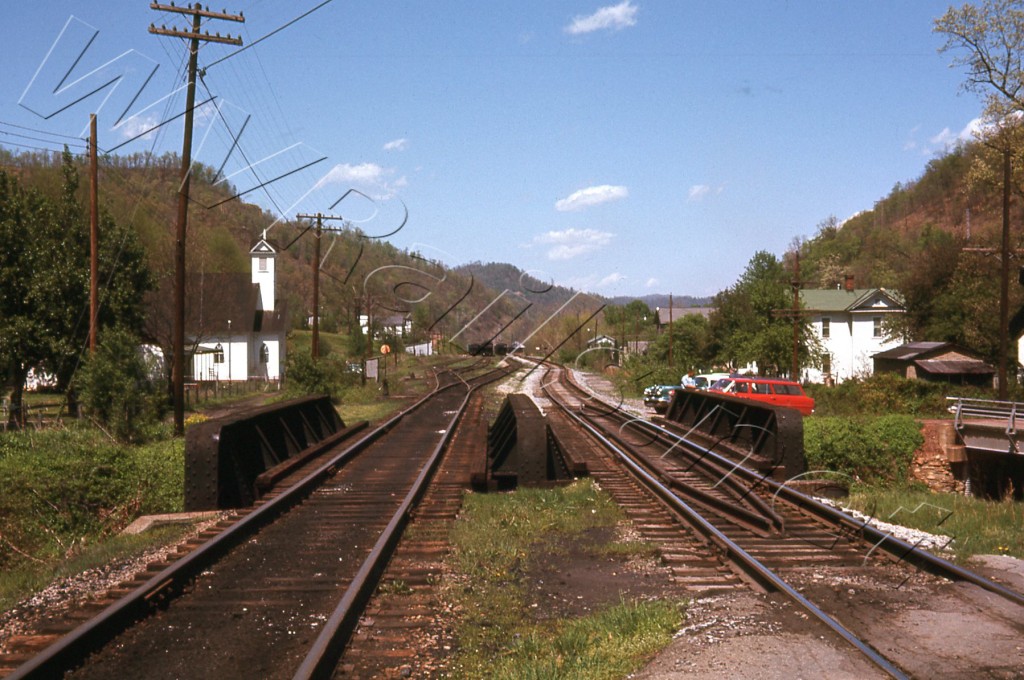
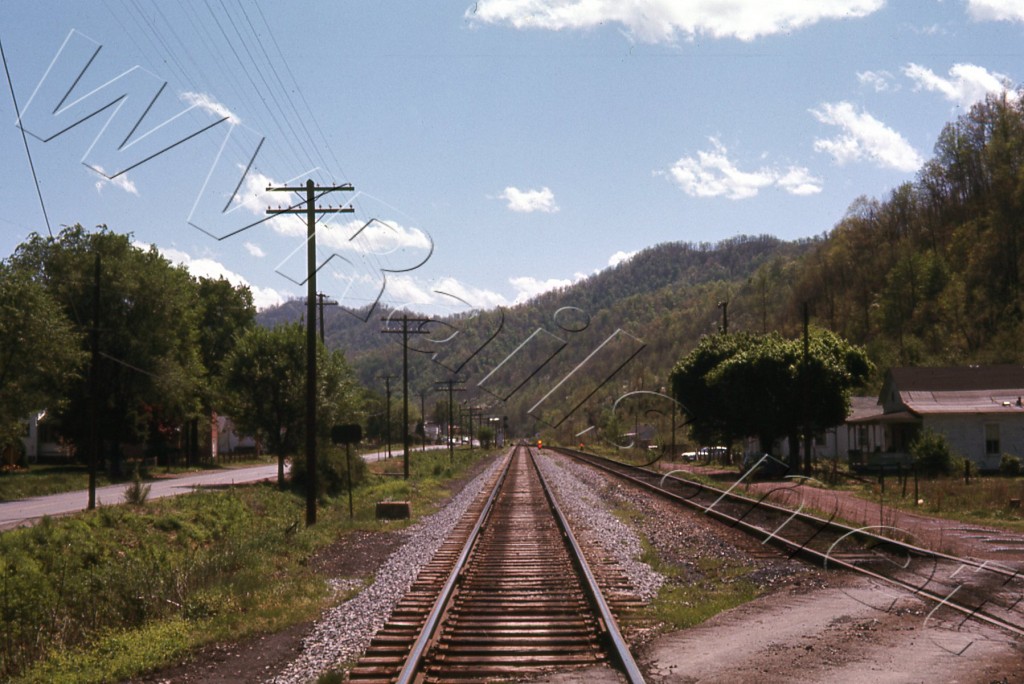
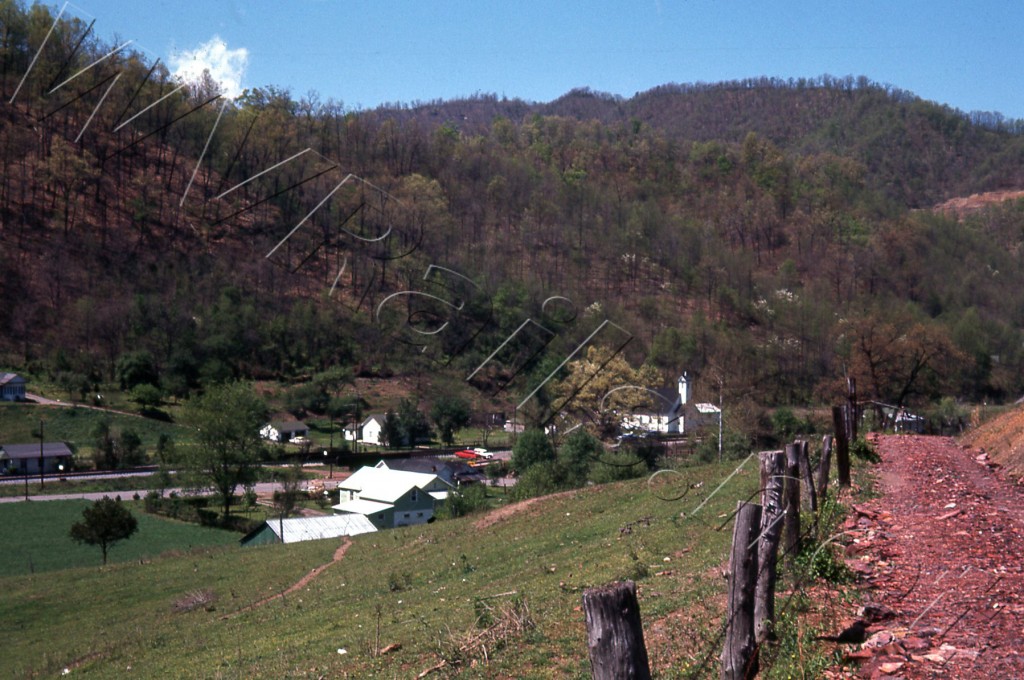
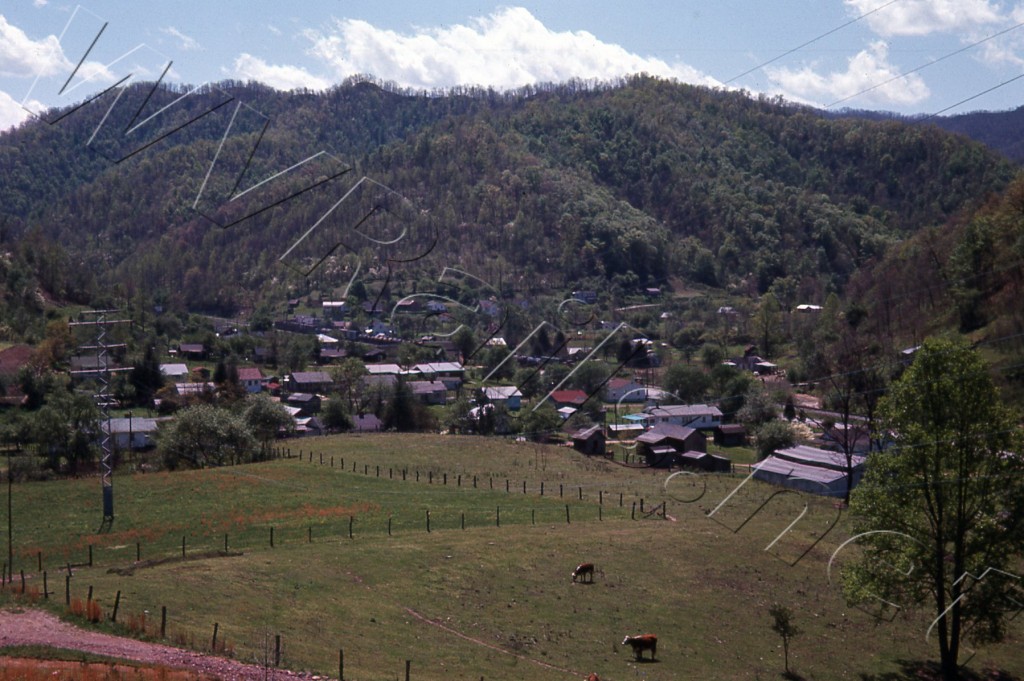


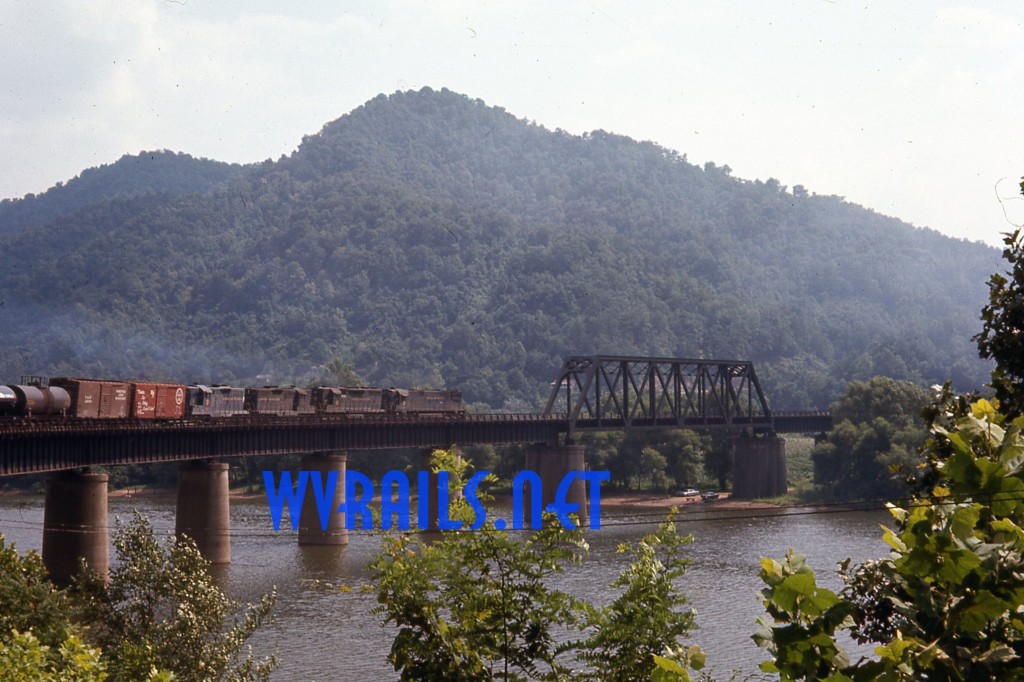
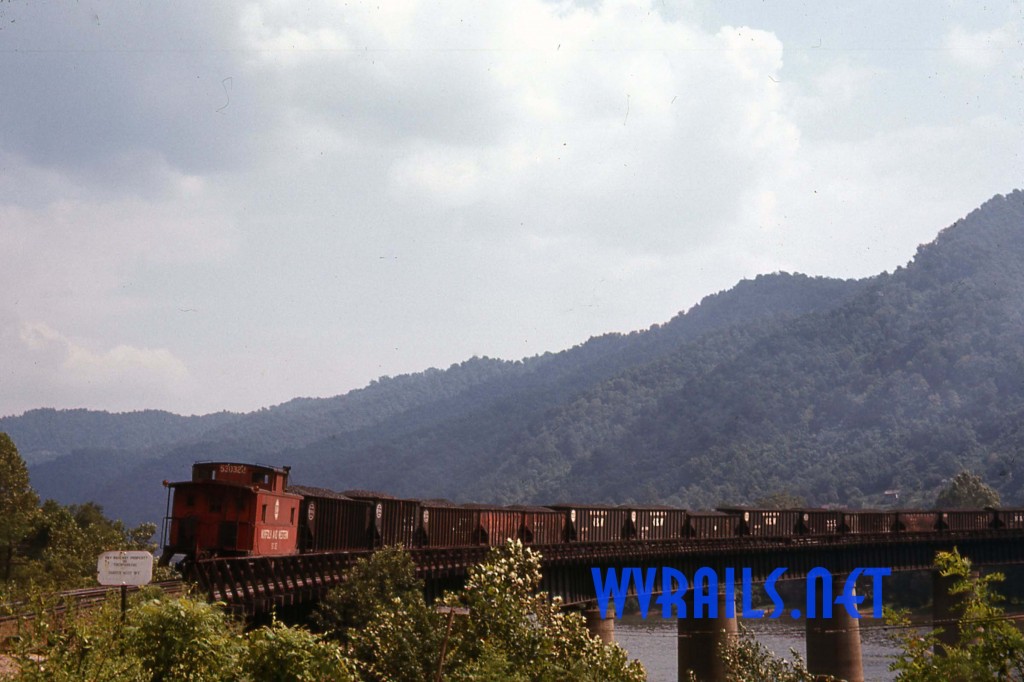



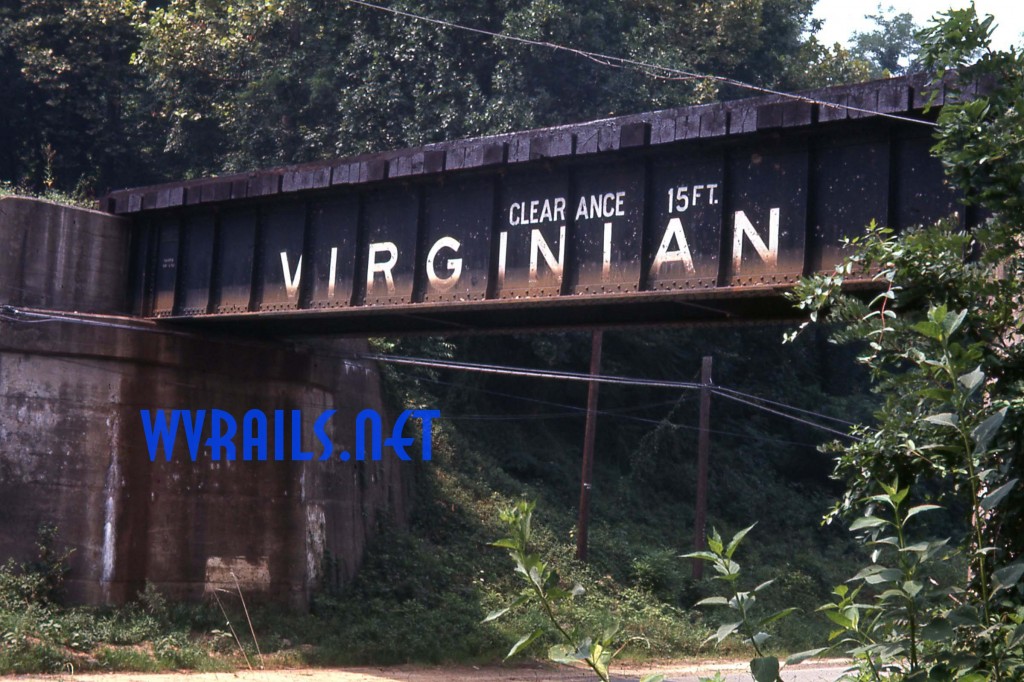
Recent Comments